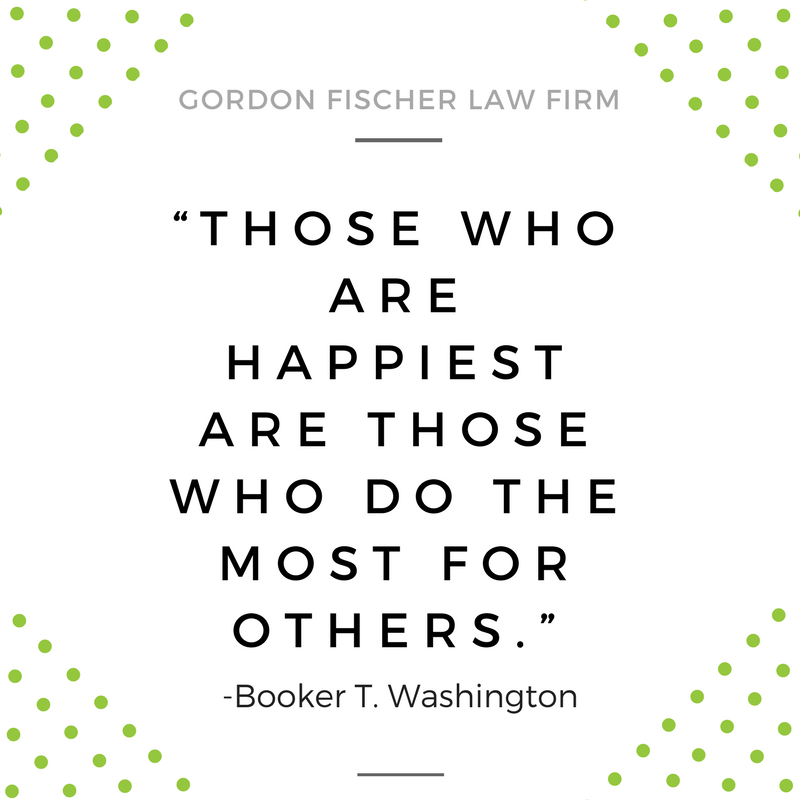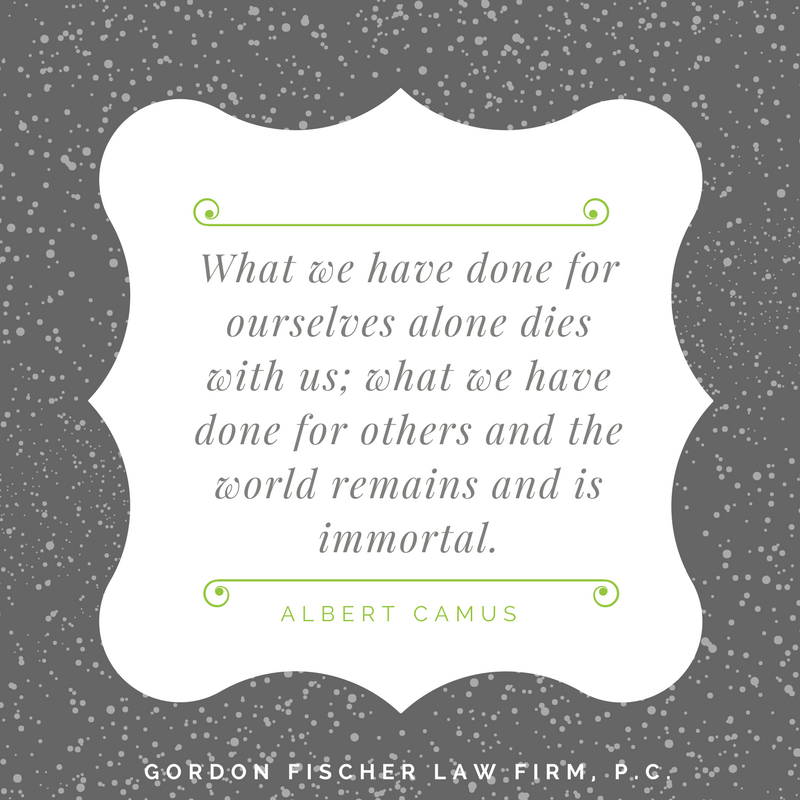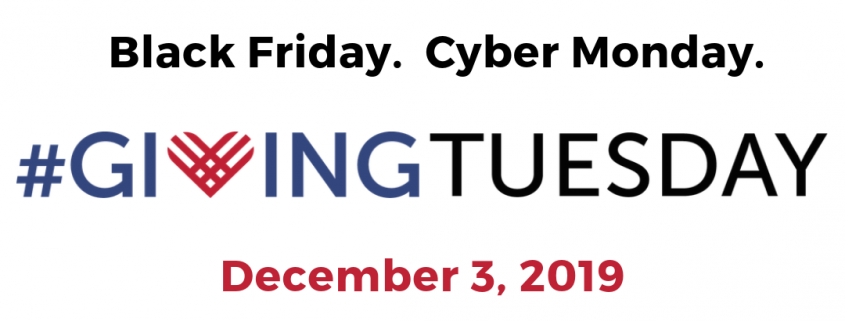Recently my social media feeds were alight with friends and family member’s grinning kiddos holding signs announcing their first day of a new grade. It made me nostalgic! While I wouldn’t want to repeat law school all over again, I do think it’s never too late to head back to the classroom—proverbial or real. So, the GFLF is heading back to school with lessons in English (like legal words/phrases of the day), reading (GoFisch book club) history, finance and the like. Today’s lesson on planned giving crosses over between business and economics, and it’s super important for donors of all gift amounts and nonprofit pros alike.

What is planned giving?
Planned giving is the process of charitably donating planned gifts. A planned gift is a charitable donation that is arranged in the present and allocated at a future date. A planned gift is often, but not always, donated through a will or trust. (I would say this is true 80-90% of the time; put another way, planned gifts are bequests 80-90% of the time). As such, planned gifts are very often granted after the donor’s death.
Besides charitable gifts made through wills and trusts after death, other planned gifts include charitable gift annuities; charitable remainder trusts (along with the entire alphabet soup of CRATS; CRUTS; NIMCRUTS; FLIPCRUTS; etc.); charitable lead trusts, and remainder interest/life estates in real property. All these gifting tools/techniques/vehicles I’ve discussed previously, sometimes numerous times.
What is a Nonprofit?
- You give $20 to a person you meet on the street who lost his bus ticket home.
- At your local gas station, there is a collection jar for a local child with leukemia. You donate your change.
- You leave money in your will for your niece Jane, hoping she uses it to continue her collegiate studies in engineering.
- You have a neighbor who suffers from dementia. You and your friends decide to have an informal walk to raise awareness about the disease and raise money for your neighbor’s health care needs.
While noble, these are not examples of “charitable giving,” as we use the term here. In this context, we are talking about charitable giving to an organization formed under 501c3 of the Internal Revenue Service Tax Code. A 501c3 agency can be known by several terms in general usage, including “nonprofit organization” and “public charity.” For simplicity’s sake, we’ll use the term nonprofit throughout.
Nonprofits cover an extremely broad swath of types of organizations, including schools, churches, hospitals, museums, social services organizations, animal welfare groups, and community foundations.
Nonprofits Must Embrace Planned Gifts
Sometimes nonprofits are overwhelmed at the thought of expansive planned giving because of the number and complexity of some of the planned giving vehicles. How does this match up when you want to donate a less obvious gift than cash, such as stocks and bonds or grain? Nonprofits need to expand their ability to accept gifts of many varieties for at least three reasons:
Craft Beer Factor
The first reason I call the “craft beer factor.” (Bear with me here for a moment). I’m old enough to remember when there were just two kinds of beer. Don’t believe me? You should, as it was immortalized in one of the most famous advertising campaigns of all time–“tastes great, less filling!” This ad campaign strongly implied there were really just two types of beers.

Then came the craft beer movement. I’m not sure whether craft beers were a response to consumers, or whether craft beers created a demand; presumably both. In any case, now a place like Toppling Goliath Brewing Company in Decorah, Iowa, has about thirty varieties of beers (this is based on an informal count from their website).
Now any retail establishment which sells beer must offer lots and lots of different kinds of beer. Any retail establishment which isn’t able to offer its customers wide variety risks irrelevance, or worse.
This is true not just of beer, but of everything. Another quick example– McDonald’s has around 145 menu items, that’s up from about 85 items in 2007. Also, McDonald’s now offers breakfast items not just in the morning, but all day-long.
Consumers want what they want, when they want, how they want.
Donors expect and often demand the opportunity to use many different options to assist their favorite charities. No longer can nonprofits simply ask folks to pony up cash, or just accept credit cards. Donors want to be able to converse with their fave charity and discuss using their whole portfolio. Nonprofits need to be able to accept, and intelligently discuss, gifting of many different types of non-cash assets.
A nonprofit which doesn’t offer its supporters a wide variety of giving options risks irrelevance, or even worse fates! So, as a donor, if you’re interested in donating an asset that your favorite nonprofit doesn’t typically facilitate, connect them with an experienced nonprofit attorney to make the gift a reality.
Planned Gifts Consist Overwhelmingly of Bequests
Second, planned giving is still mostly about wills and trusts. As already stated, I estimate 80-90% of planned gifts are bequests. Simple! Nonprofits should put substantial efforts to encouraging increased, larger testamentary bequests. Donors who already have an estate plan, but didn’t realize they could designate their favorite organizations as beneficiaries should contact an estate planning attorney.
Everyone can Understand Planned Giving!
Be it strategies for a monthly giving program or facilitating complex planned giving vehicles like NIMCRUTs, the opportunities for continuous learning about different planned giving technique are seemingly endless! And, there are so many different options, that all donors should feel great about supporting their fave causes with tax-wise gifts that work best for them. I strive to offer free information that breaks down different aspects of planned giving in human terms, as well as promoting community opportunities/events for nonprofit professionals.

Still need help understanding planned giving or any particular tool or technique? Want assistance coordinating a complex gift? Reach out to me anytime. I offer a free one-hour consultation to anyone and everyone. You can contact at my email (gordon@gordonfischerlawfirm.com) or on my cell (515-371-6077). I’d truly love to hear from you.



 Giving is a privilege
Giving is a privilege
























